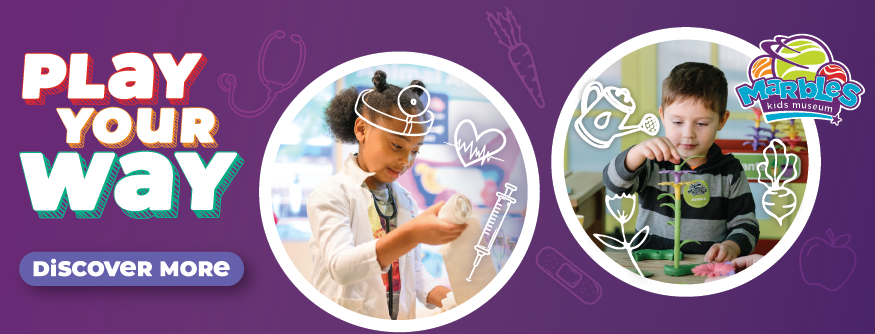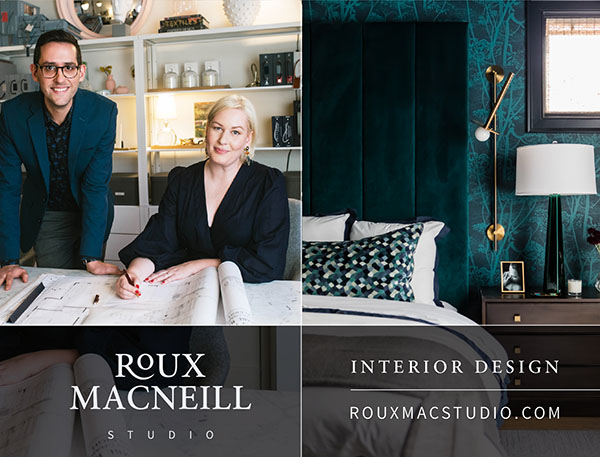Selections from Four Dance Episodes from Rodeo
Aaron Copland (1900-1990)
THE STORY
Aaron Copland’s first “cowboy ballet,” Billy the Kid (1938), was still in the contemporary repertory when he premiered Rodeo (1942), offering a different take on the theme.
Choreographed by Agnes de Mille in her debut as director of the famed Ballet Russe de Monte Carlo, Rodeo had little to do with the cowboy-hero archetype presented in Billy the Kid. Rather, the lead of Rodeo was played by de Mille herself, performing the role of a cowgirl attempting to prove her abilities and find love in her small western town.
Copland matched de Mille’s light-hearted take, providing a score that drew extensively from recently collected folksong melody books. Under Copland’s pen, these melodies were spliced, extended, and developed into the present four-movement suite derived from the complete ballet score. Perhaps the most familiar episode, Hoe-Down is a transcription of the American folksong “Bonyparte”—which, since Copland’s use in Rodeo, has become a sonic icon of the American West. In Rodeo, as with the Billy the Kid Suite, Copland’s use of folk melodies is a signature of his populist style—which sought to make modern classical music accessible to more people.
LISTEN FOR
- Copland's now-classic “oom-pah” gesture, used extensively in Holiday and Hoe-Down—low instruments play on the down beat while the upbeat is performed by higher pitched instruments, creating a musical effect now synonymous with the West
- Copland’s reliance on the percussion section to provide an extra layer of emphasis and instrumental color—the xylophone part is particularly notable in Hoe-Down
- The opening of both Saturday Night Waltz and Hoe-Down, which feature prominent open fifths in the strings—Copland captures the rustic charm of string players “tuning instruments” before performing dance music
INSTRUMENTATION
Two piccolos, two flutes, two oboes, English horn, two clarinets, bass clarinet, two bassoons, four horns, three trumpets, three trombones, tuba, timpani, percussion, piano, celesta, harp, strings
Notes on the music by Andrew Moenning

